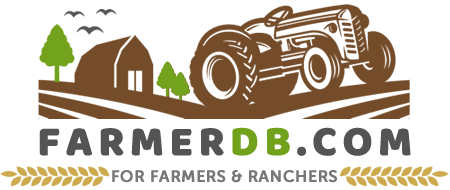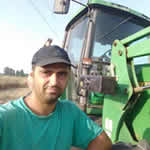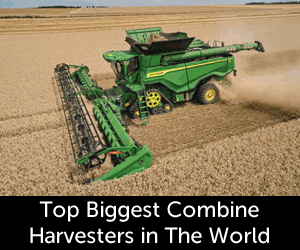The Roussin de la Hague sheep is a historic breed originating from the Normandy region of France, particularly the rugged and windswept ‘de la Hague’ peninsula.
Dating back to the 18th century, these sheep have evolved to thrive in challenging conditions, with modern development of the breed beginning in the 1920s.
Influences from Dishley Leicester, Suffolk, and Southdown sheep were introduced to improve their size, conformation, and adaptability, creating the resilient and versatile breed known today.
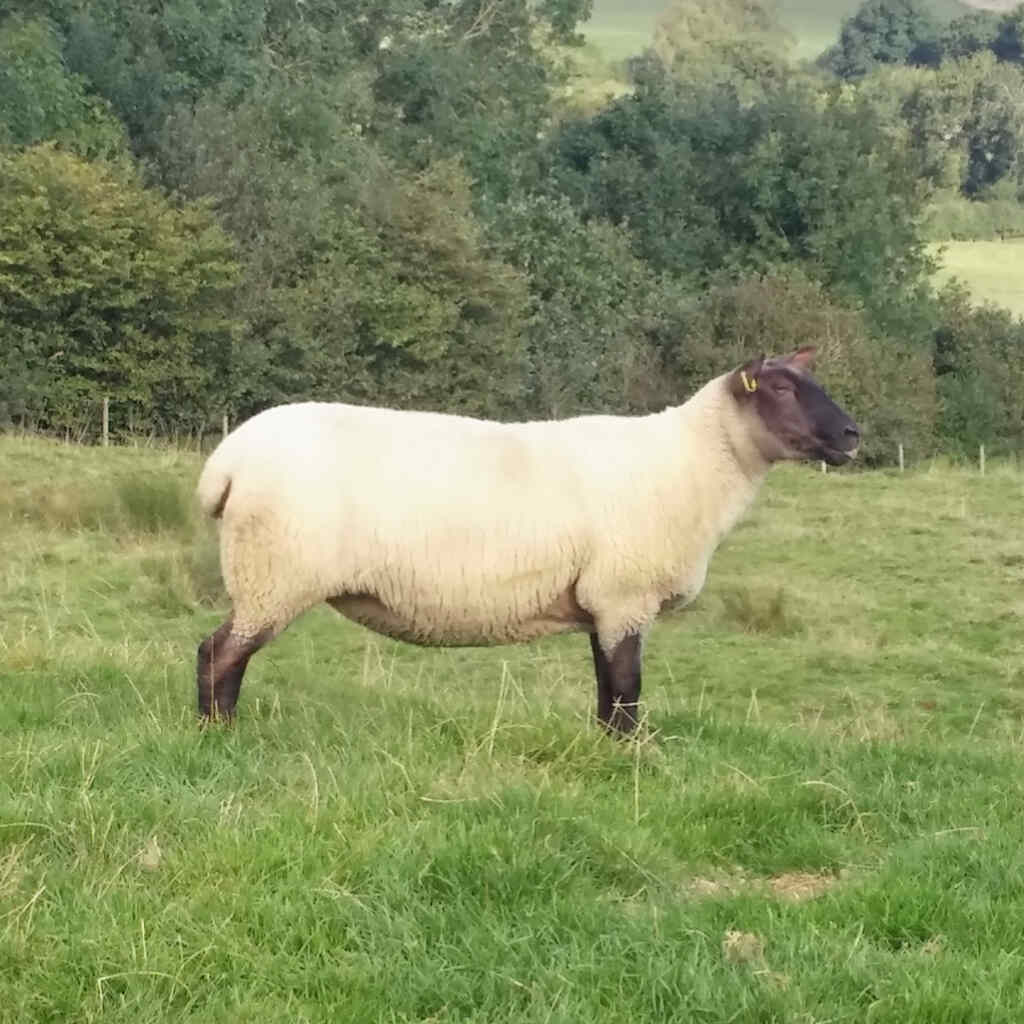
The Roussin de la Hague sheep is raised for dual purposes, with emphasis on both meat and fine wool production.
This sheep breed is currently classified as “at risk,” underscoring the critical need for continued efforts to protect and promote this distinctive breed.
Contents
Roussin de la Hague Preservation
The preservation of the breed is a carefully managed process in France, reflecting its cultural and agricultural importance.
Breed registration is highly regulated, with strict performance criteria required for lambs to qualify.
A progeny testing center, established in 2003, evaluates important traits, including conformation, productivity, and resistance to diseases like scrapie, ensuring the breed’s long-term health and genetic diversity.
Every ewe, ram, and lamb is meticulously recorded, maintaining a comprehensive genealogical record that supports both selective breeding and conservation efforts.
The Roussin Index
The Roussin Index, introduced in 2017, is a comprehensive tool created to assess and enhance the genetic and performance traits of this sheep breed.
This index evaluates key factors such as growth rate, fertility, body conformation, and resistance to diseases like scrapie. By combining these traits into a single metric, it provides breeders with valuable insights to guide their selection of rams and ewes for breeding.
The index is designed to preserve the breed’s unique characteristics while improving its productivity and maintaining genetic diversity.
It emphasizes traits that align with the Roussin de la Hague’s natural adaptability, prolific breeding, and ability to thrive in grass-fed systems.
Characteristics
Color
The color of this breed is predominantly light cream or off-white. Their head and legs are dark brown to black, creating a striking contrast with the lighter fleece on their body.
Head
The head is short, alert, and covered in fine brown-red to black hair.
The forehead is bare, with a straight profile that may show a slight dip near the eyes.
The muzzle is gently concave, covered in fine, short hair, and has salmon or brown skin that may be lightly pigmented.
Tear glands are noticeable, and small neck folds, known as toggles, are acceptable.
Horns
The Roussin de la Hague sheep is polled.
Ears
The ears are set high on the head and stand erect. They are covered with fine, short hair, with salmon-brown skin that may be slightly pigmented. The cheeks are covered, but the ears remain free of wool.
Trunk
The trunk is straight, wide, and evenly proportioned. The chest is open and extends downward, while the loins (kidneys) are thick and well-attached, contributing to the animal’s robust build.
Testes
The testes are well-developed, firmly attached, and neither overly pendulous nor hard, ensuring optimal functionality and balance.
Shoulders, Legs, Feet
The legs are covered in hair similar to that on the head and are strong with well-muscled hindquarters.
The shoulders are rounded but not too wide, giving a feminine look. Wool may grow slightly down the back of the rear legs, but not too much.
The pasterns are sturdy with a slight curve, and the feet are black, providing strength and durability.
Stance
The legs are positioned well apart, indicating a fine bone structure. The rump is slightly broader than the shoulders, giving a balanced and proportional appearance.
Udder, Teats
The udder is securely attached and can hold a lot of milk during lactation without stretching or sagging.
When the sheep is no longer producing milk, the udder shrinks and should not be visible.
Teats shaped like bottles are seen as a defect.
Fleece
The fleece is medium-length and white, ending a few centimeters above the knees and hocks.
The head is free of wool, giving the sheep a clean and clear look.
Lambs in their first year may have short wool on their belly, back legs, and sometimes a small patch on their head, but this disappears as they grow.
Size
These sheep are a medium to large-sized breed.
The male has a wither height of 27.5 to 29.5 inches (70 to 75 cm), while the female stands at 25.5 to 27.5 inches (65 to 70 cm).
Lifespan
They have a lifespan of 10 to 20 years.
Growth Rate
How fast do they grow?
These sheep have a moderate growth rate.
The lambs’ average growth rates are 0.64 to 0.73 lbs (290 to 330 g) per day up to 100 days.
Weight
Mature Roussin de la Hague sheep females weigh between 154 to 198 lbs (70 to 90 kg), while males usually weigh 220 to 287 lbs (100 to 130 kg).
Slaughtered Time
Lambs can be slaughtered at around 10 months old or when they reach a market weight of 79 to 110 lbs (36 to 50 kg).
Usually, they have a carcass weight of around 40 to 44 lbs (18 to 20 kg) after processing.
Temperament
These sheep have a docile and manageable disposition, allowing them to adapt well to handling and different environments.
They are sociable and interact well within flocks, while their alertness ensures they remain attentive without being overly skittish.
Meat
The meat is tender, flavorful, and well-marbled, with just the right amount of firm, white fat, making it a delicacy highly appreciated by consumers for its rich taste and succulent texture.
Wool
The wool is classified as carpet wool, known for its durability and practicality.
It features a half-long fleece, with locks measuring 2 to 2.75 inches (5 to 7 cm) in length and a fineness grade of 3, indicating a coarser texture. This makes it ideal for heavy-duty uses such as carpets, rugs, and upholstery, where strength and resistance to wear are essential.
Raising
Feeding
You can feed Roussin de la Hague sheep mainly on grass, as it should be their primary food.
When grass is not available, you can add other foods to their diet, such as:
- Hay: A good replacement for grass during winter or dry seasons.
- Grains or cereals: To give them extra energy, especially for pregnant or nursing ewes.
- Mineral supplements: To provide essential nutrients like calcium and phosphorus.
These sheep can also eat grass from lower-quality pastures, making them easy to care for.
Environment and Climate
The ideal environment for Roussin de la Hague sheep is open pasture, where they can graze freely on natural grass.
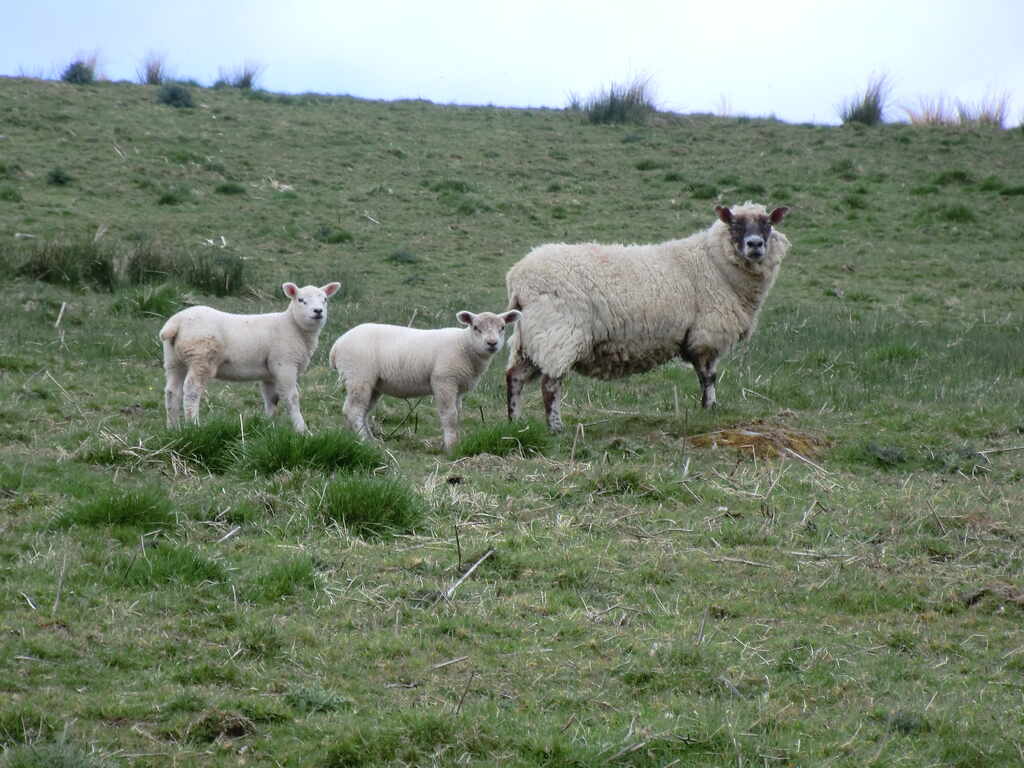
They are well-adapted to outdoor conditions and perform well even on low-quality pastures. Their resilience allows them to thrive in windy and rainy climates, such as those found in Normandy.
Shelter
These sheep are hardy and well-adapted to outdoor living, so they don’t require constant shelter.
However, they do benefit from having access to shelter during extreme weather conditions, such as heavy rain, snow, or strong winds.
A simple, well-ventilated structure or natural windbreaks like hedges or trees can provide them with the protection they need. Shelter is especially important for lambing ewes and young lambs to keep them dry and warm.
Being a hardy breed, they prefer living in the open air and typically only return to the sheepfold during lambing.
How many sheep per acre?
On low-quality pasture, you can keep about 4 to 6 sheep per acre. On better-quality pasture, the stocking density increases to around 7 to 12 sheep per acre.
The number of Roussin de la Hague sheep you can keep depends on the quality and availability of pasture. Since they are well-suited to grazing on low-quality pasture, they require less-intensive land compared to some other breeds.
It’s essential to monitor the pasture condition and avoid overgrazing to maintain healthy grass regrowth and ensure the sheep have enough to eat.
Breeding
The Roussin de la Hague sheep is a good choice for breeding, meeting the demands of modern livestock farming with high productivity and minimal intervention.
Its natural prolificacy is great, with lambing rates reaching 175%, meaning twins are common, and triplets are not unusual.
This breed is highly maternal, providing very good care for its lambs. The ewes have a strong dairy value, producing enough milk to feed their lambs without difficulty. They also instinctively protect and nurture their offspring, significantly reducing the need for farmer intervention.
Farrowing is easy, and births occur without complications, making lambing stress-free for both the ewes and farmers.
The breed is also early maturing, with 61% of females giving birth before 15 months, allowing for quicker flock turnover and increased productivity.
Health Issues
They are naturally hardy and resilient, with strong resistance to diseases thanks to their adaptation to the harsh conditions of Normandy. Even so, they may face common health challenges, including parasites, scrapie, foot issues, and metabolic problems.
Why should you raise it?
This sheep has many advantages that make it a great choice for homesteaders or small farms.
Its high productivity and low maintenance make it very attractive to those seeking strong, independent animals, while its adaptability to poor-quality pastures makes it cost-efficient.
However, you must overcome challenges such as finding these animals, as their population is small and primarily concentrated in the Normandy region of France.
This breed could also be an good fit for those passionate about sustainability and eager to play an important role in preserving the genetic diversity of this unique sheep.
Advantages
- Good carcass weight
- High prolificacy
- Fine temperament
- Ease of lambing
- Hardiness
- Low intervention
- Strong maternal instincts
Disadvantages
- Moderate growth rate
- Carpet wool
- Small population and “at-risk” status
- Strict monitoring: Farmers need to follow detailed record-keeping and meet association standards, which can be time-consuming.
- Progeny testing: Lambs may need to undergo testing for traits like growth, conformation, and disease resistance, adding additional steps to the process.
- Limited flexibility: Breeders may have less freedom in selecting breeding stock due to the association’s requirements.
References
Do you have any experience with the topic discussed here?
Would you like to improve the information shared and contribute your practical knowledge on the subject?
Your real-world experience as a farmer or rancher could greatly benefit other members, and the community would deeply appreciate your contribution.
